Introduction to the Malvaceae family plant
The Malvaceae family, known for producing many a Plant of the Mallow Family has 244 genera and 4,225 species around the world. In North America, there are 27 species. However, only one native genus, Sidalcea, represents the plant of the mallow family in the wetland prairies of the Willamette Valley.
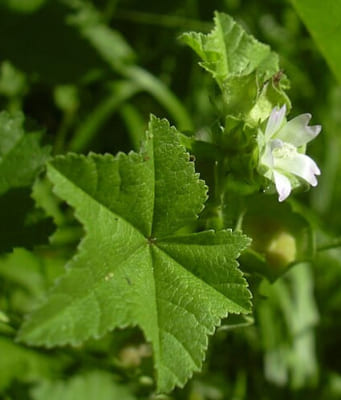
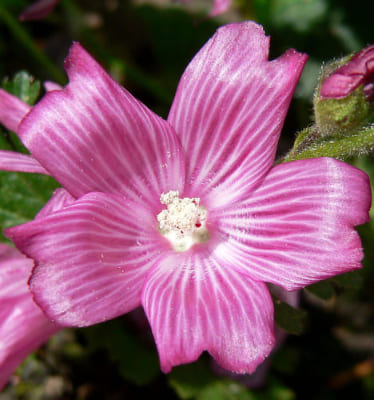
This plant belongs to the Mallow Family. It includes one of Oregon’s threatened species, Sidalcea nelsoniana (Nelson’s mallow). This plant is also a key nectar source for the endangered Fender’s blue butterfly.
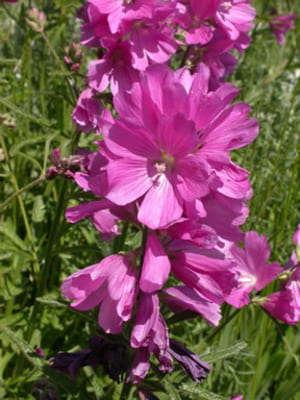
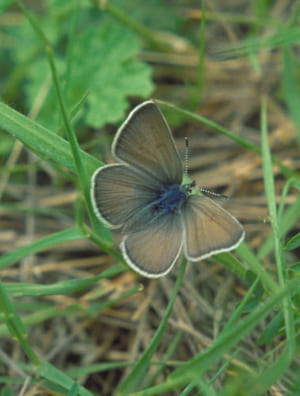
Wild species of Malvaceae may be smaller than ornamental plants like hibiscus or hollyhock. However, they have unique features. These include funnel-shaped flowers with five separate petals. They also have a noticeable column of stamens around the pistil.

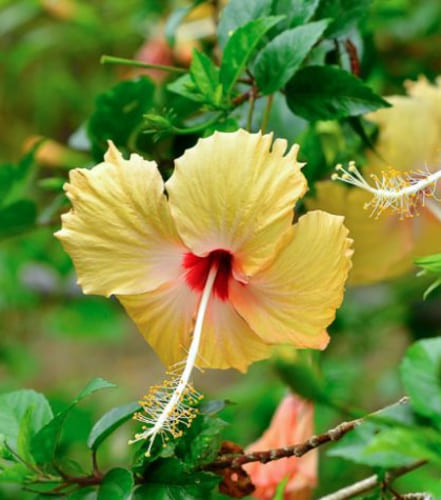
Botanical characteristics of Malvaceae

Floral structure and morphology

Malvaceae have radially symmetrical flowers, arranged in a distinctive funnel shape, with five petals and three to five partially united sepals, often surrounded by several bracts. The stamens are numerous and form a column around the gynoecium. The top holds the ovaries. Five or more carpels join together to form them. These carpels mature and form a round schizocarp. The inflorescences vary from solitary capitula to racemes or cymes.
Leaves and stems
The leaves of a Plant of the Mallow Family can be simple or palmate. They are usually lobed or divided. The veins may be palmate or pinnate. The leaves emerge basally, but are arranged alternately along the stem. A key feature of the plant is its slimy texture. This happens when you rub any part of the plant between your fingers, even in desert types. This texture comes from natural substances like mucilage, pectin, and asparagine.
Economic importance, and traditional uses, of the Mallow Family.
The economic importance of Malvaceae includes some of the most traded products in history, such as cotton (Gossypium spp.), jute (Corchorus spp.), chocolate (Theobroma cacao), cola (Cola nitida), okra (Abelmoschus), durian fruit (Durio zibethinus), hibiscus and even balsa wood (Ochroma pyramidale). Each of these is a Plant of the Mallow Family, highlighting the vast diversity and value of this botanical group.
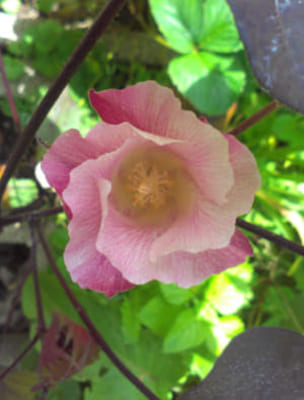

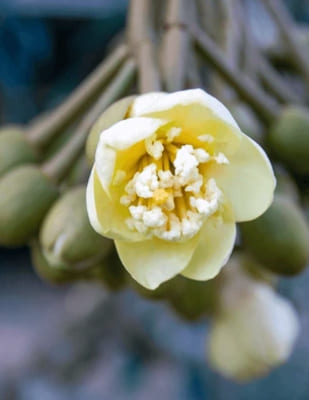
Notably, cotton is the only known member of this family with documented poisonous properties. Most of the other species are edible, and people have traditionally used them as food or for medicinal purposes. For example, the original marshmallow came from the roots or seeds of certain plants. They boiled and whipped these to create a foam like whipped cream.
If you are interested in collecting edible plants, the Lamiaceae family offers many aromatic herbs such as mint.’
Medicinal uses of Malvaceae
The thick, gel-like texture of these plants helps soothe skin in treatments for sunburn and irritation. It also acts as a demulcent or expectorant for internal issues like sore throats.
Sidalcea Cusickii – Sidalcea Checkermallow

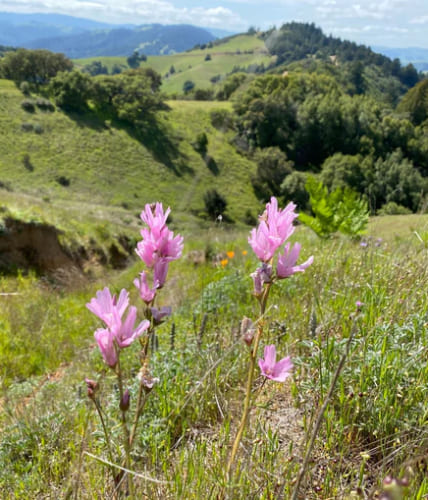
Growth Habit
Tall herbaceous perennial plant, reaching 40 to 180 cm in height. The inflorescence is a branched cluster of dense, dark pink flowers. As with other species in the genus, it often has deeply divided leaves and flowers in shades ranging from pink to lavender.
Leaves
A Plant of the Mallow Family, its basal leaves are extremely rounded, with a deeply scalloped (crenulate) margin. The culinary leaves are also rounded and very palmatihexed, with veins and dissections starting from the base, where the blade connects with the petiole.
Stems
The plants reach heights of 40 to 180 cm. The stems are hollow (fistulous) and can be glabrous or have very fine hairs.
Flowers
The inflorescences are spicate racemes with numerous fuchsia-colored compound flowers, with pedicels 1 to 5 millimetres long. Five sepals united at the base, five petals with bangs or heart-shaped at their tips, and measure 6 to 10 millimeters long.
Fruits
Round seed clusters form, similar to wheels with wedge-shaped spokes. In the southern Willamette Valley, weevils eat the seeds, this harms fertility.
The usual fruit of this group forms a circle of seeds. Many species in this group share this trait.
Ecology
A facultative wetland species (FACW) is a plant that usually grows in wet meadows, ditches, or forest edges. However, it can also survive in drier areas.
Distinguishing notes
In the southern Willamette Valley, S. cusickii may be confused with S. campestris or S. virgata. However, S. cusickii has distinctive, geometrically angular pods as well as dark pink, well-organized petals. In addition, S. cusickii tends to grow on wetter gradients than S. virgata and S. campestris. Morphologically, Sidalcea species are usually less than 3 feet (approx. 91 cm) tall, although S. cusickii is noted for reaching greater heights.
Sidalcea Virgata – Sidalcea Campestris – Rose Checkermallow
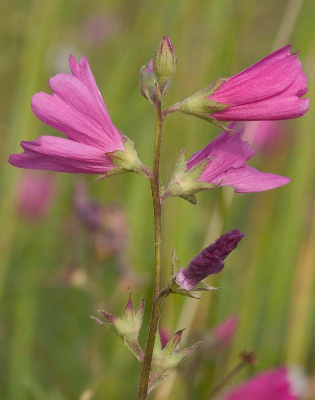
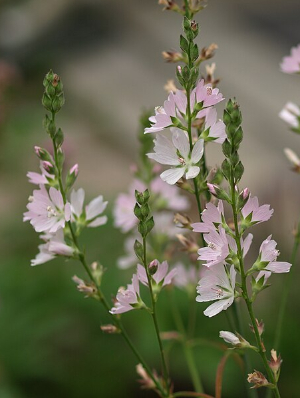

References
The currently known, described and accepted number of plant species is estimated at approximately 374,000″ (Christenhusz & Byng, 2016).
Dr. Bitty Roy, University of Oregon Systematic Botany Notes, 2012.
Simpson, M. Plant Systematics 2nd ed. Academic Press, Burlington, MA. 2010. 366.
Gilkey, H. Handbook of Northwestern Plants, Revised Edition. Oregon State University Press; Corvallis, OR. 2001. 264
USDA Plants Database:
City of Eugene, Seed Collection Manual, Sidalcea cusickii, 2009.

